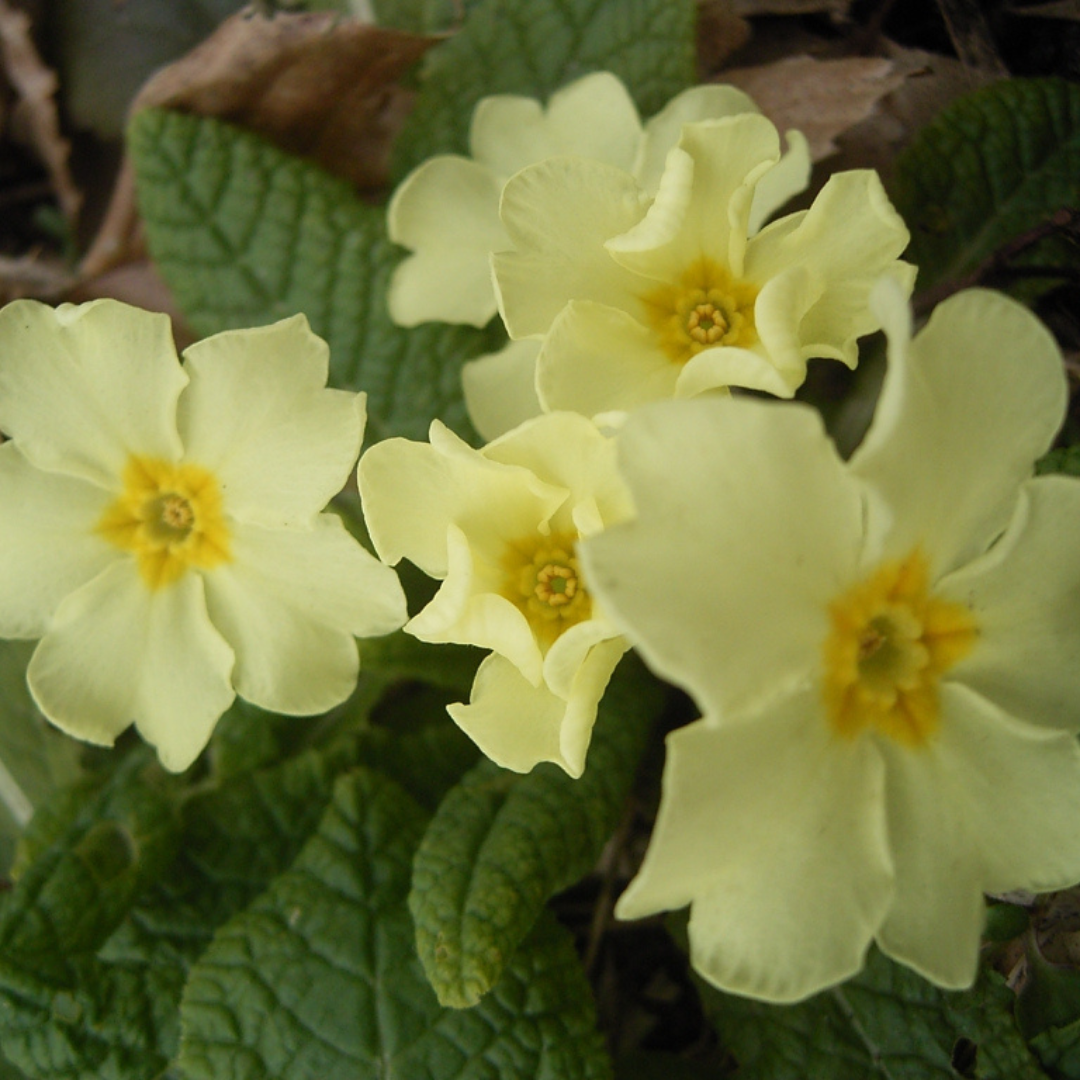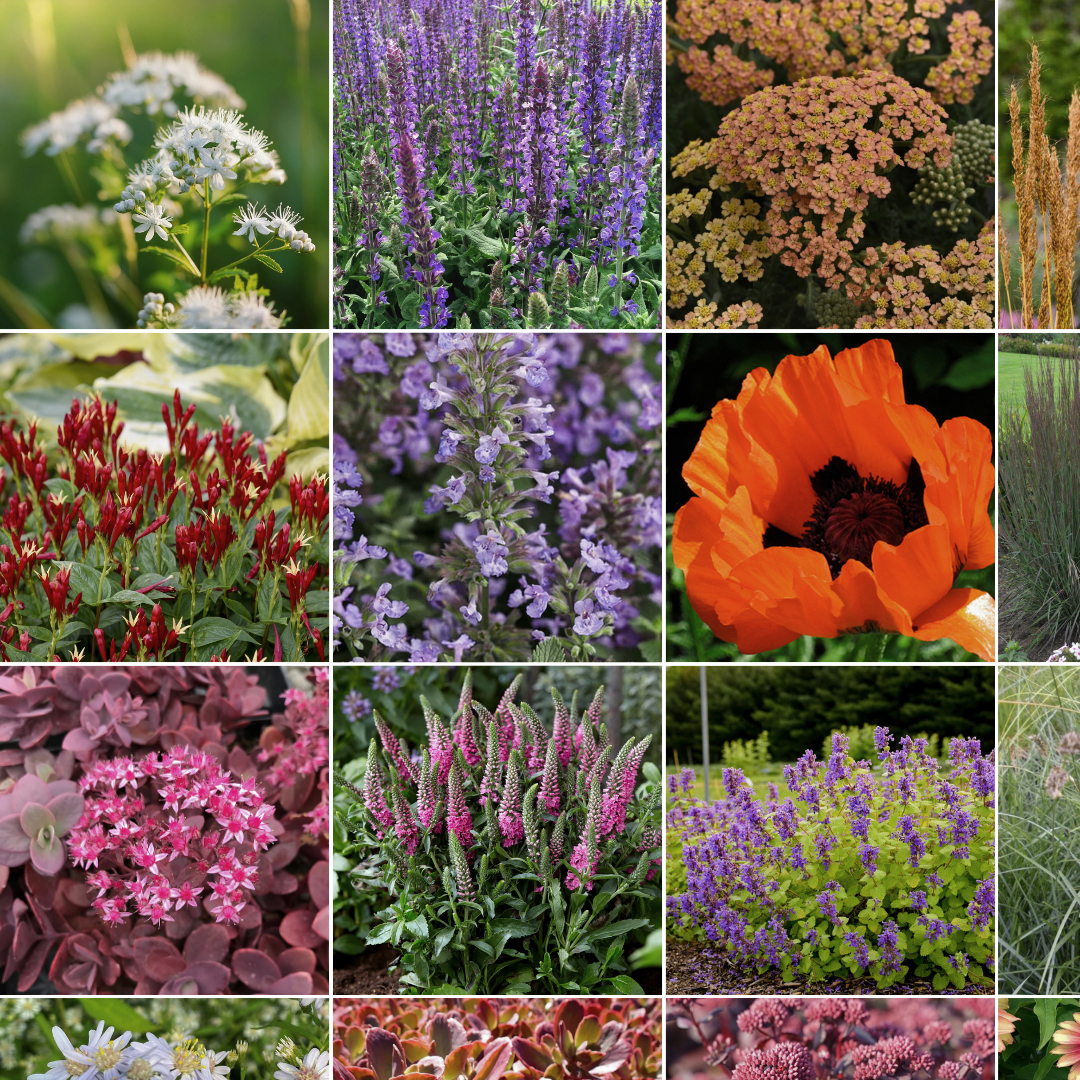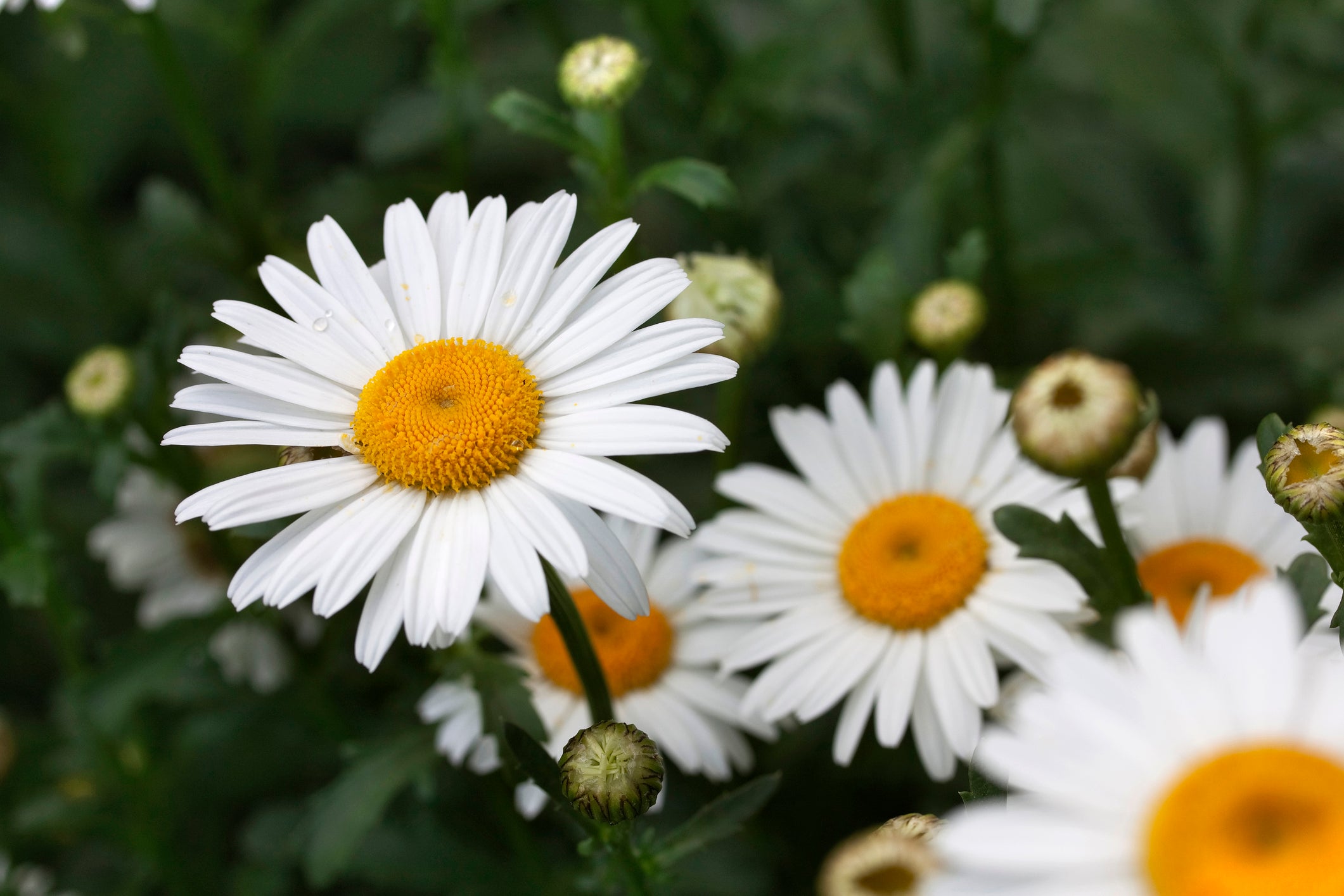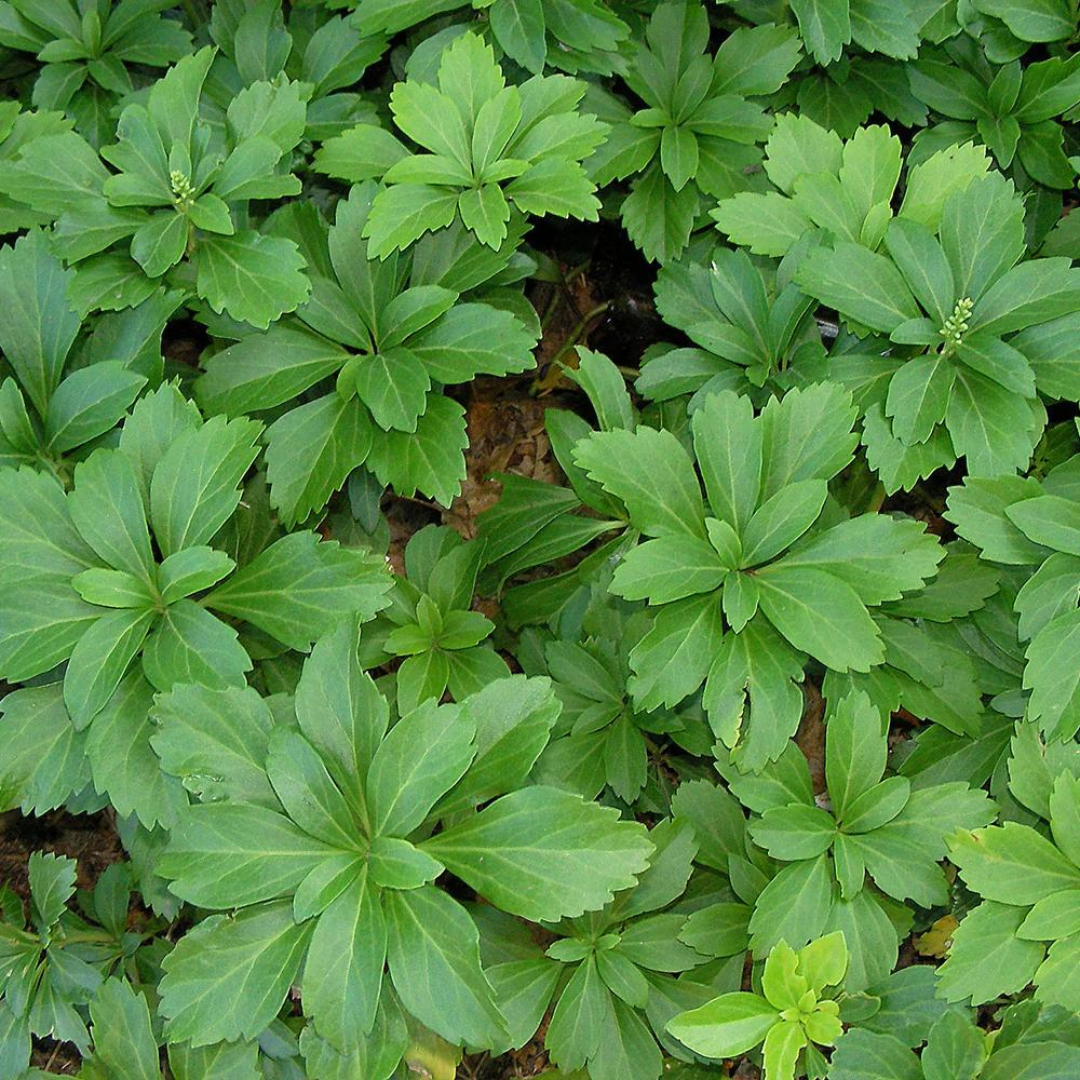
Primula vulgaris
Add to Wishlist Partial Sun
Partial Sun
 Pollinator Friendly
Pollinator Friendly
 Low Maintenance
Low Maintenance
- In stock, ready to ship
- Backordered, shipping soon
Primula vulgaris: Woodland Jewel of Early Spring
Few plants capture the essence of spring as tenderly as Primula vulgaris, the common primrose. Its pale yellow, softly fragrant blooms appear in early spring, often while snow still lingers, rising just above a rosette of wrinkled green leaves. This low-growing perennial is a gentle harbinger of the season, spreading slowly to form cheerful drifts in shaded gardens. With its delicate charm and tough constitution, it bridges the wild and the cultivated with quiet beauty.
Plant Characteristics:
- Height: 10–15 cm
- Spread: 20–30 cm
- Flower Colour: Pale primrose yellow with a golden eye
- Flowering Period: Early to mid-spring
- Foliage: Crinkled, oblong green leaves in a low rosette
- Sunlight Requirements: Part shade
- Soil Requirements: Moist, humus-rich, well-drained soil
Uses and Benefits: Primula vulgaris is perfect for naturalizing in woodland gardens, along shaded paths, or under deciduous trees where early spring light can reach its blooms. It forms soft, ground-hugging clumps that are lovely when planted en masse, and it provides important nectar for early pollinators. Low-maintenance and deer resistant, it brings a welcome softness and colour to the shaded garden well before most perennials have awakened.
Companion Plants: Pair with the rich, dark foliage of Heuchera 'Obsidian', the airy, white spring blooms of Tiarella cordifolia, and the glossy, arching variegation of Carex 'Ice Dance' for a refined and naturalistic part-shade planting that celebrates the earliest days of spring with texture and subtle contrast.
Care Instructions: Plant in moist, humus-rich soil in part to full shade. Water during dry spells, especially in spring. Deadhead spent blooms to encourage prolonged flowering. Allow clumps to naturalize or divide in early fall if needed to rejuvenate or spread.
History: Native to Europe and the British Isles, Primula vulgaris has long been cherished in cottage gardens and natural landscapes. Revered in folklore and loved by early-season pollinators, it remains a timeless spring favourite for gardeners who treasure subtlety and resilience.
Final Thoughts: A symbol of spring’s gentle return, Primula vulgaris brings light to the woodland floor—quiet, dependable, and ever welcome after a long winter’s sleep.







